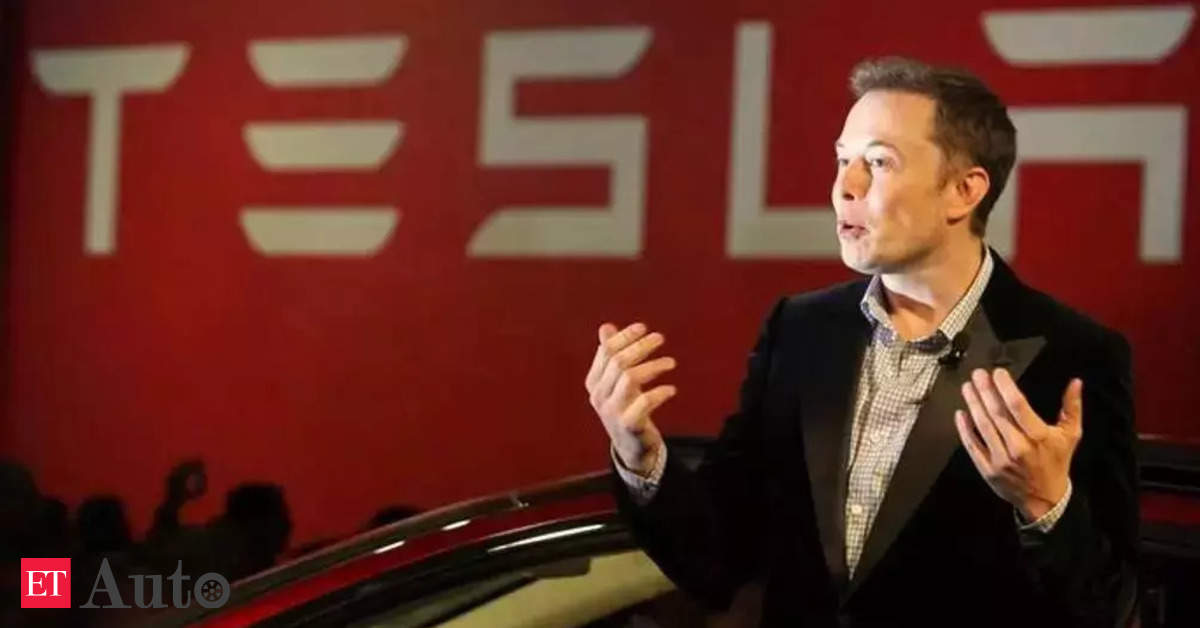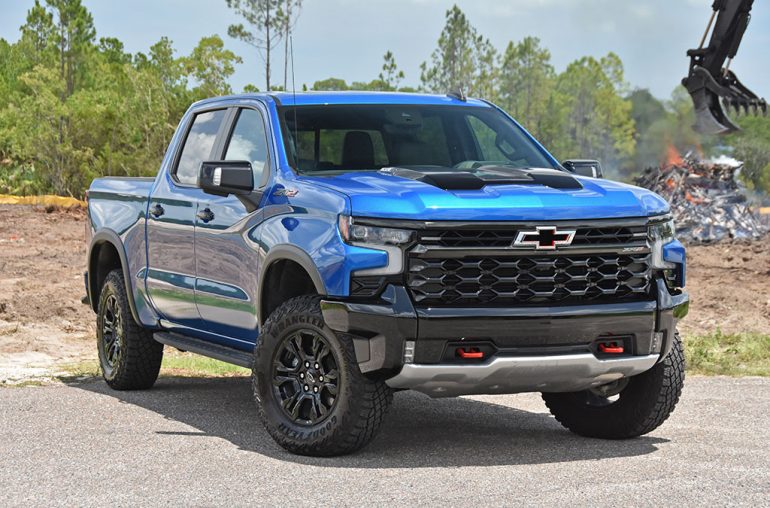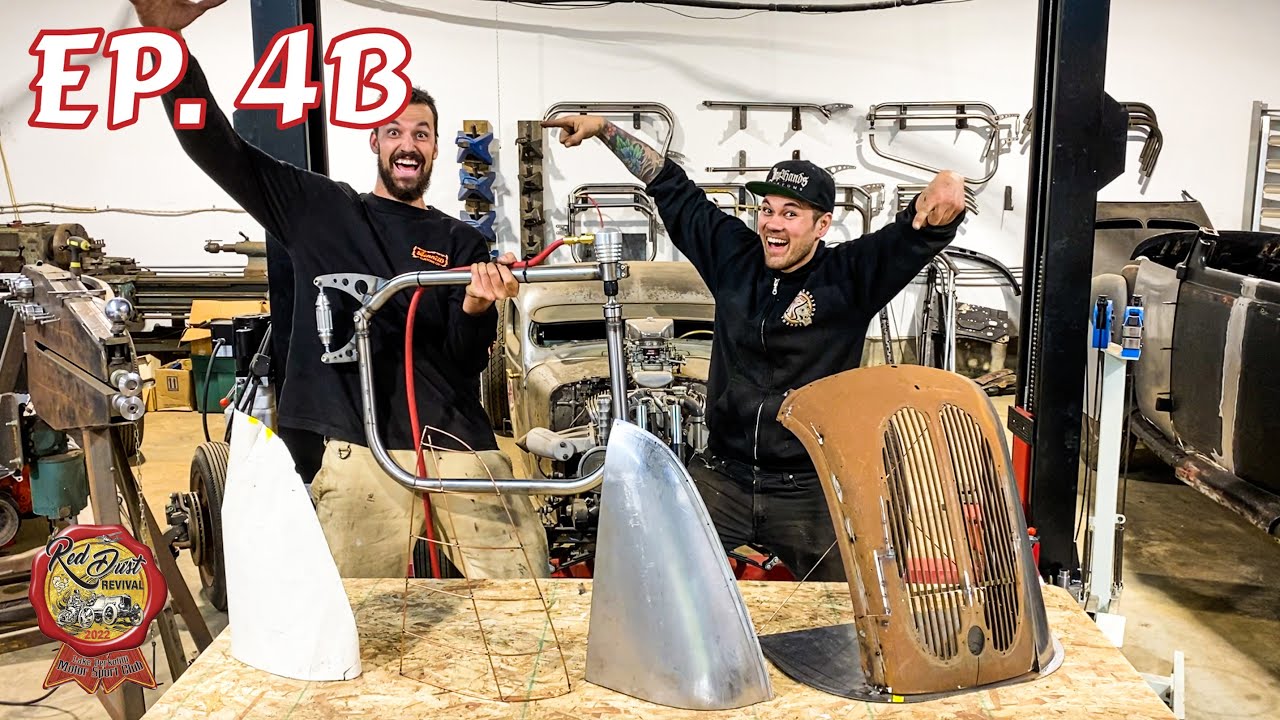[ad_1]
Cars brands are always keen to emphasise how unique their model designs are and to suggest they have something special to offer drivers with each new model. While indeed many teams have developed creative philosophies and are experimenting with new materials, the foundation of car design has evolved very little from early models. The three-box body configuration—comprised of engine, passenger, and cargo—accounts for the bulk of today’s fleet. But is it time for a change?
Lotus believes that the shift to electric propulsion offers the perfect opportunity to rethink vehicle design. The company is refocussing design to reflect the inherent strengths of the EV’s powertrain and dynamics. This month, Automotive World takes a closer look at what that means in concrete terms.
We also hear from Divergent on a truly revolutionary approach to building cars and explore some of the unanswered liability questions around autonomous vehicles. Battery material innovations and India’s journey towards future mobility also come under the spotlight in this month’s edition.
In this issue:
- Are customers ready for EV-centric car design?
- Tata Motors: India is on the cusp of a new epoch of mobility
- Sodium ion alternative has automotive application as lab results deliver promise
- An inside look at liability in the era of autonomous vehicles
- Can the electric revolution thrive without cobalt?
- Where next for connected mobility in India?
- Automotive is at a powertrain engineering crossroads
- AUTOSAR partnership key in tackling the big question around autonomous vehicles
- Does Canada have what it takes to become a global EV innovation hub?
- Divergent’s digital production solution tackles economic and environmental pain points
- Norton: motorcycles must be reinvented for the electric frontier
- Vehicles of the future could be developed like smartphones
- Asia is leading the gigafactory push: how can others keep up?
- Daimler Truck Innovation Center India: global software and ZEV hub
[ad_2]
Source link












